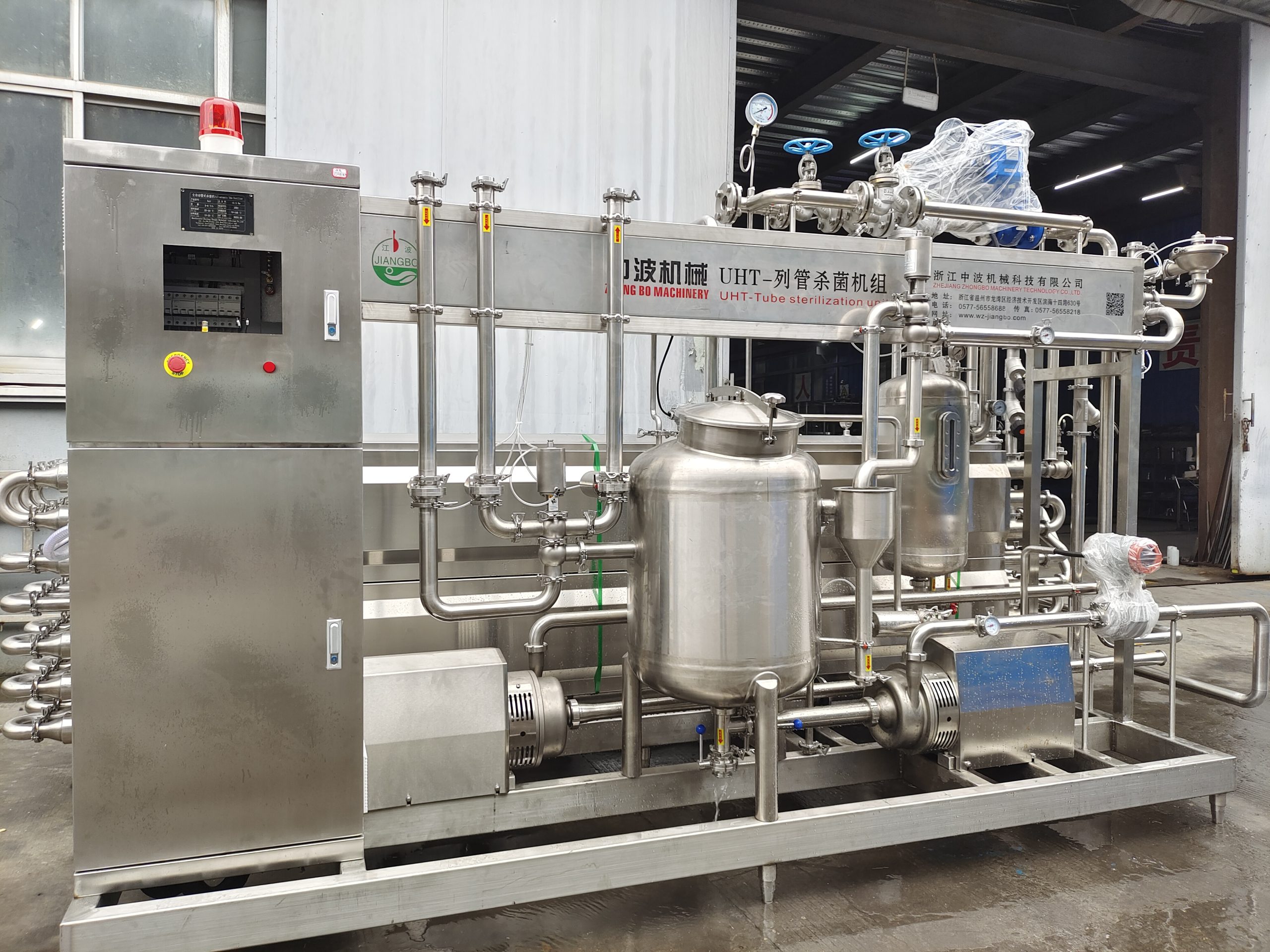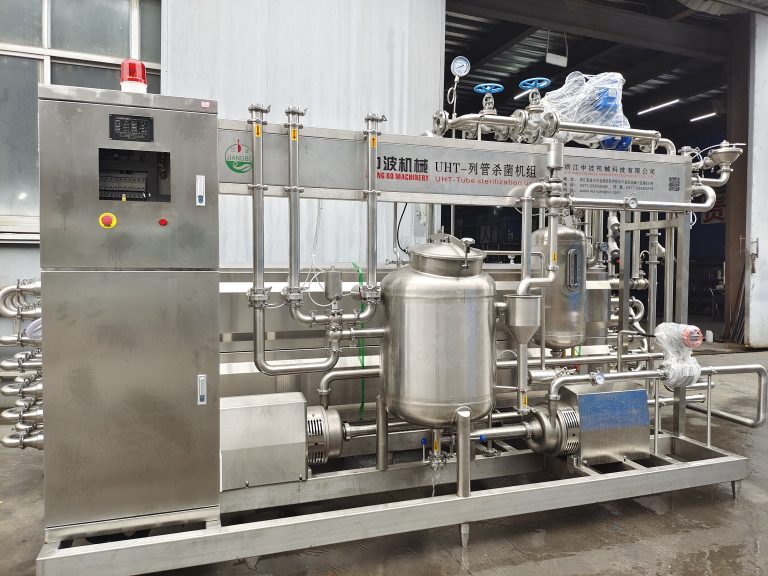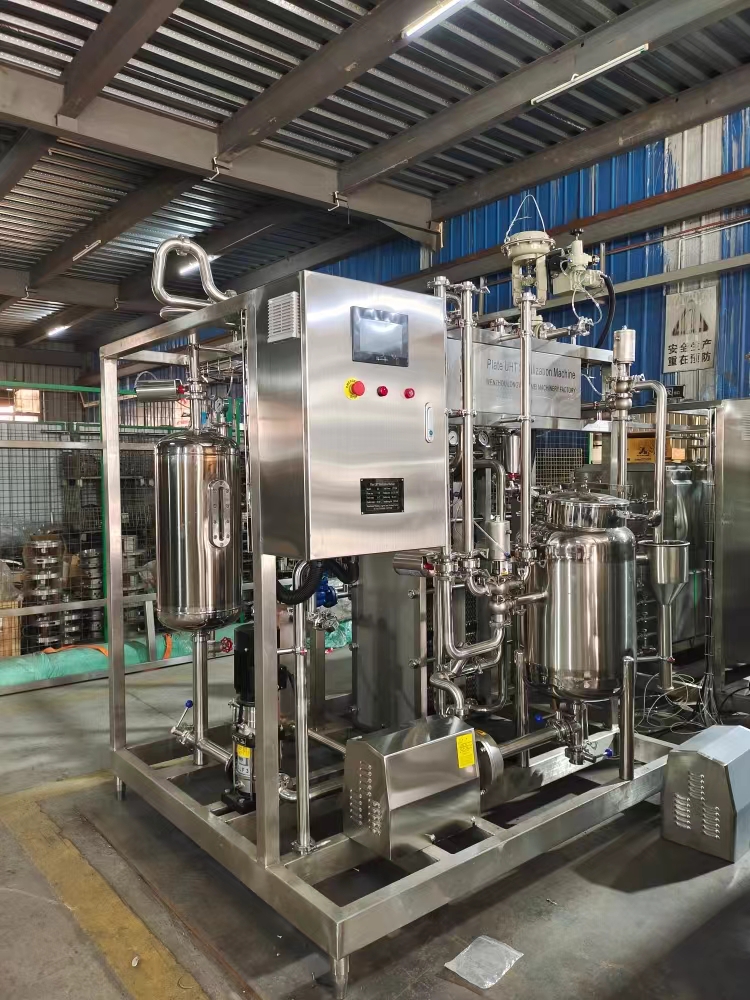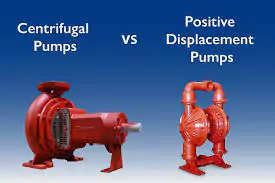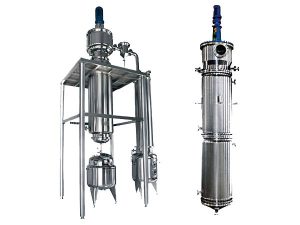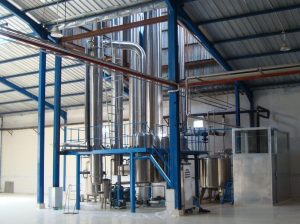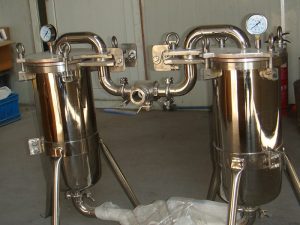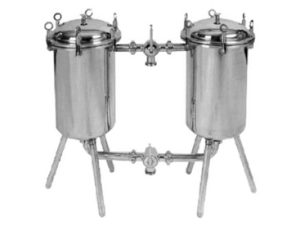What is UHT and HTST Pasteurization?
Ultra-High Temperature (UHT) processing and High-Temperature, Short-Time (HTST) pasteurization are two pasteurization methods that involve heating liquid foods to a specific sterilization temperature for a precise, short time, followed by rapid cooling before packaging. The precision heat treatment is designed to sufficiently sterilize fresh beverages, dressings or sauces to commercial requirements while maintaining flavor, color, and nutrients. UHT and HTST are heated for a much shorter amount of time than the original vat pasteurization technique. This is possible due to the higher temperatures involved.
While UHT and HTST are both high temperature pasteurization techniques, there are some differences. UHT pasteurization – sometimes called UHT sterilization or aseptic processing – is carried out at higher temperatures than HTST pasteurization. It is typically used for milk, cream, and other dairy products but can also be used for juices and other beverages. In UHT processing, the beverages are heated to a higher temperature for a shorter amount of time and then packaged directly into a hermetically sealed container in an aseptic process. UHT processed beverages are shelf-stable for two to three months without refrigeration.
HTST, sometimes called flash pasteurization, is an efficient continuous processing method for large batches. It is also used for sterilizing dairy products including yogurt and can be used for more viscous foods such as soups and sauces. The products are fed continuously through a sanitary heat exchanger heated by steam or hot water, and then cooled rapidly through a cooling section before bottling. The temperature and time profile varies depending on the product but is a lower temperature and longer time than the UHT process in general. Dairy products and fresh beverages processed using HTST must be refrigerated.
How HTST pasteurization works
A standard milk pasteurization system consists of the following parts:
- Balance tank:maintains a constant head for the incoming milk
- Milk feed pump:creates suitable pressure that is necessary for efficient flow
- Flow control system:ensures that sufficient amount of fluid is in the conduits at any given time
- Homogenizer:divides fat globules into micro globules to avoid fat separation in standing milk
- PHE with regeneration, heating, holding and cooling sections:facilitates efficient pasteurization
- Flow diversion valves:Ensures that all the conditions for pasteurization have been met before the milk passes through.
- Instrumentation and control equipment:Increase system efficiency and reliability
- Peripheral sources of utilities such as steam, compressed air, and water:Provides the necessary utilities for heating, cooling, and pressurized environments
- Conduits/piping system:Facilitate flow of milk and utilities from one point to the next without possibility of contamination
